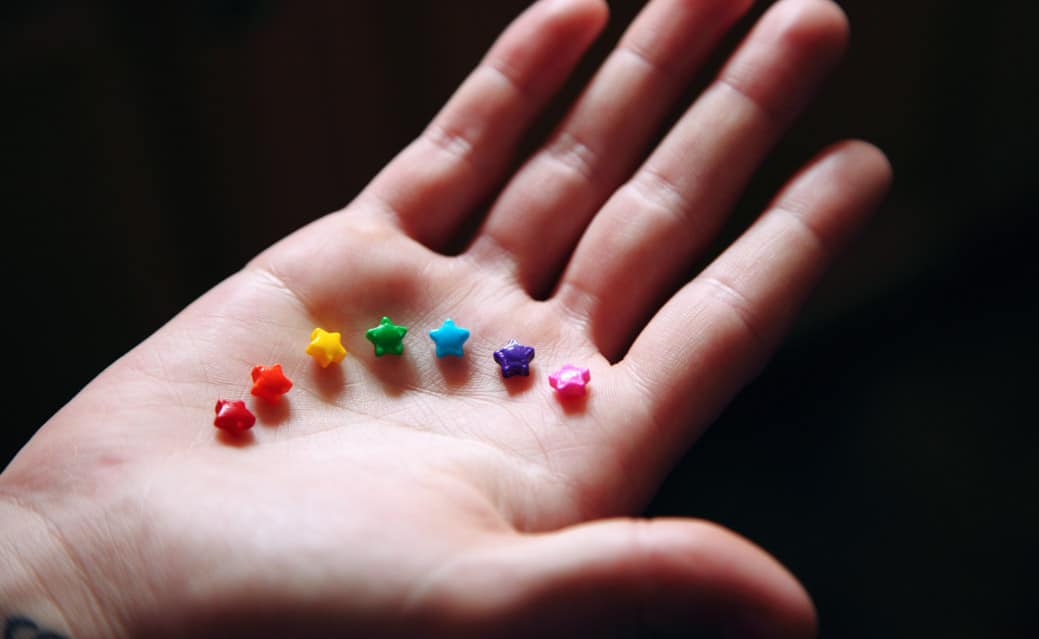Societal gender norms should be a thing of the past
Gender expression and identity needs to be taught from an early age to foster an inclusive environment for everyone.
For most of us, gender identity and gender expression form an integral part of our lives as they relate to our self-identity. When an individual realizes that they don’t conform with the stereotypical gender roles and identities, self-identity becomes confusing.
Approximately 13 per cent of Canada’s population—more than 4 million people—identify as a member of the LGBTQ2S+ community. Of those, 40 per cent have experienced discrimination and 60 per cent have faced hardships linked to their gender identity. This discrimination is not only misplaced but is also a clear violation of basic human rights.
Doug VanderLaan, an associate professor in the Department of Psychology at the University of Toronto Mississauga, focuses his research on the field of gender and sexual orientation diversity, gender identity and expression in youth, and cross-cultural psychology. He was recently recognized globally as one of the top researchers in the field of gender identity. Among his various research projects, he has explored what children think about gender stereotypes and how they feel about others whose behaviours don’t correspond to gender norms.
In one study, Professor VanderLaan conducted experiments with children and young adolescents by dividing them into two groups. One group watched a standard zoo animal movie, while the other watched a movie in which several children were gender non-stereotypical. Professor VanderLaan and his colleagues found that those watching the gender-diverse movie reacted more positively to peers that were gender non-stereotypical. “They gave more positive appraisals than the [zoo group],” he says.
Professor VanderLaan notes that gender identity and gender roles do not originate solely from biological differences between males and females. He points out that when we’re young—infants even—we observe our environment and notice patterns of behavior that typically (though not always) vary from gender to gender. For instance, a common stereotype is that boys gravitate toward superheroes and girls gravitate toward princesses. As a result, we learn about our gender identity based on those stereotypes.
“These patterns help children understand their gender identity better and help them understand themselves as people in the world,” explains Professor VanderLaan. “[It is] an ongoing process throughout our lives. We weigh our own feelings against the messages we’re receiving from society about gender roles most prevalent in society.”
Non-correspondence to gender stereotypes can be hard for many gender-diverse individuals. Before coming out, many face gender dysphoria. According to Professor VanderLaan, gender dysphoria is the distress related to an incongruence between someone’s experienced gender and their assigned sex at birth. He states that those who identify as transgender express themselves through their physical appearance and choose their own pronouns. However, he adds that this is often not enough to alleviate gender dysphoria. “Medical treatments including hormonal or surgical treatments significantly contribute to alleviating distress,” he says.
In collaboration with Chiang Mai University in Thailand, Professor VanderLaan currently studies the brains of transgender adolescents and how they develop under hormonal treatments that facilitate gender transition. “A wide range of perspectives can [and needs] to be taken while studying this topic because it’s such a complex phenomenon,” he explains.
Through his work in Thailand, Professor VanderLaan noticed differences in gender expression when compared with Western countries. To him, Thailand is unique and different from Canada in terms of traditional beliefs and attitudes around gender and sexuality. “The [LGBTQ2S+] community is more visible,” he says. “You see them around the streets more often and people don’t react strongly. It feels like there’s a bit less stigma surrounding gender diversity.”
Aside from gender dysphoria, gender-diverse individuals are at an increased risk of developing mental health issues, including anxiety and depression. “A lot of studies are showing that this risk seems to be correlated with [social backgrounds],” explains Professor VanderLaan. “Like how well children and adolescents get along with their peers and parents, and the degree of acceptance they receive from them.”
As a result, forming a secure base for children is incredibly important. To do so, parents and schools must cultivate an encouraging, open-minded, and accepting environment for everyone. “What this means is [essentially] having less traditional views about gender and not endorsing gender stereotypes,” he continues.
Professor VanderLaan states that on top of increasing acceptance and reducing stigma and discrimination, adjustments to the healthcare system are still needed. “Doctors need to be trained specifically in relation to trans healthcare,” he concludes. “I feel that there is not adequate care for them in our system.”
Increasing acceptance and breaking gender stereotypes must be taught from childhood by fostering an inclusive and accepting environment for everyone, rather than merely expecting individuals to conform to stereotypical norms.
Features Editor (Volume 49) | features@themedium.ca —Maneka is a third year student completing a specialization in Philosophy with a minor in political science. Previously, she served as one of The Medium’s Staff Writer and Associate Features Editor. As this year’s Features Editor, Maneka hopes to raise awareness, shed light over current issues, and highlight student voices and organizations. When Maneka is not studying, writing, or working, you’ll probably find her binging on, or rather re-watching her favorite shows, listening to music, thinking about her dog, or likely taking a nap.


